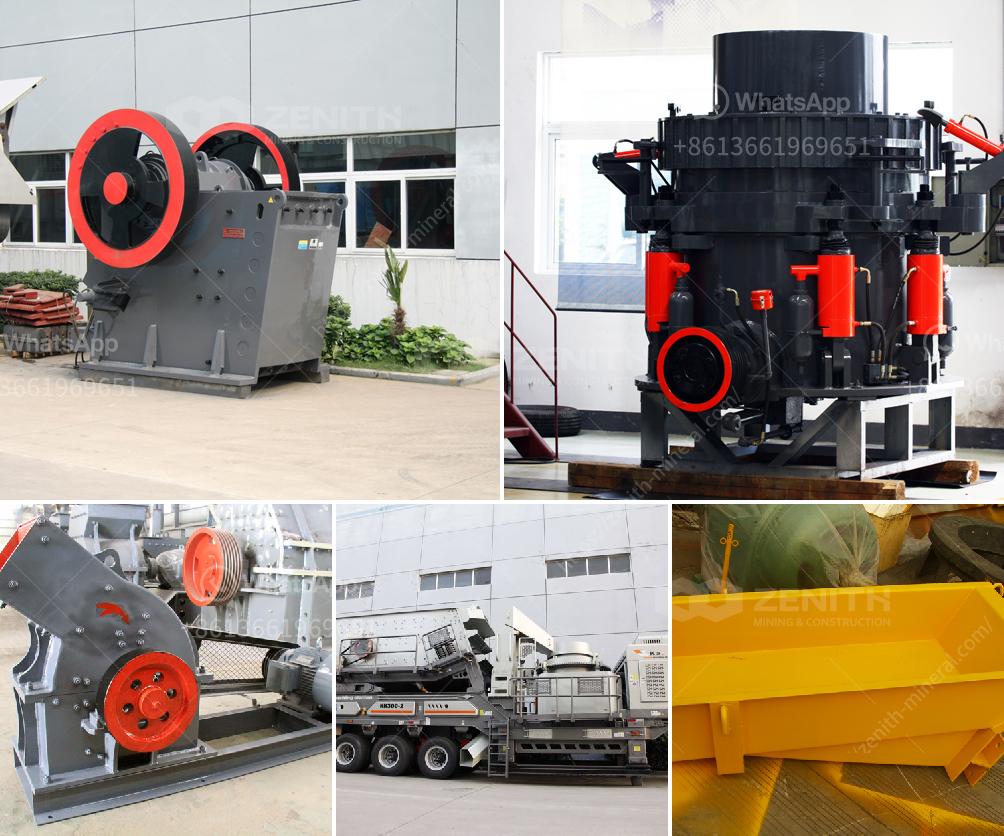An eccentric shaft in a jaw crusher is a crucial component that plays a significant role in the machine's operation. The jaw crusher is a type of crushing equipment used in mining, quarrying, and recycling industries to break down large rocks and materials into smaller, more manageable pieces. The eccentric shaft is central to the functioning of the jaw crusher, and its design and operation are essential for the machine's efficiency and effectiveness.
Function and Importance
-
Primary Function:
- The primary function of the eccentric shaft is to convert rotational motion into linear motion. This is achieved through its unique design, where the shaft is not perfectly circular but has an offset or "eccentric" shape. This offset causes the shaft to move in an elliptical or circular motion when it rotates.
-
Jaw Movement:
- The eccentric shaft is connected to the moving jaw of the crusher. As the shaft rotates, it causes the moving jaw to oscillate back and forth. This oscillation creates the crushing action, where the material is compressed and broken down between the fixed jaw and the moving jaw.
-
Crushing Mechanism:
- The eccentric motion of the shaft ensures that the material is crushed progressively as it moves down the crushing chamber. This results in a more efficient crushing process, as the material is subjected to multiple compressive forces, leading to better fragmentation and size reduction.
Design and Construction
-
Material:
- Eccentric shafts are typically made from high-strength steel or alloy materials to withstand the significant stresses and loads during operation. The material choice ensures durability and longevity, reducing the need for frequent replacements.
-
Shape and Size:
- The design of the eccentric shaft varies depending on the specific requirements of the jaw crusher. The size and shape of the shaft are determined by factors such as the size of the crusher, the desired output size, and the type of material being processed.
-
Bearings and Supports:
- The eccentric shaft is supported by bearings at both ends, which allow it to rotate smoothly. These bearings are designed to handle the radial and axial loads generated during the crushing process. Proper lubrication and maintenance of the bearings are essential to ensure the efficient operation of the shaft.
Operational Considerations
-
Speed and Rotation:
- The speed at which the eccentric shaft rotates is a critical factor in the performance of the jaw crusher. The rotation speed affects the frequency of the jaw's oscillation and, consequently, the crushing efficiency. Operators must ensure that the shaft rotates at the optimal speed for the specific application.
-
Alignment and Balance:
- Proper alignment and balance of the eccentric shaft are crucial to prevent excessive vibration and wear. Misalignment can lead to uneven wear on the jaw plates and other components, reducing the crusher's efficiency and increasing maintenance costs.
-
Maintenance:
- Regular inspection and maintenance of the eccentric shaft and its associated components are essential to ensure the jaw crusher operates smoothly. This includes checking for signs of wear, ensuring proper lubrication, and replacing worn or damaged parts as needed.
Conclusion
In summary, the eccentric shaft in a jaw crusher is a vital component that enables the machine to perform its crushing function. Its design, material, and operation are critical to the efficiency and effectiveness of the crusher. Understanding the role and importance of the eccentric shaft can help operators and maintenance personnel ensure the jaw crusher operates at peak performance, leading to better productivity and reduced downtime.

